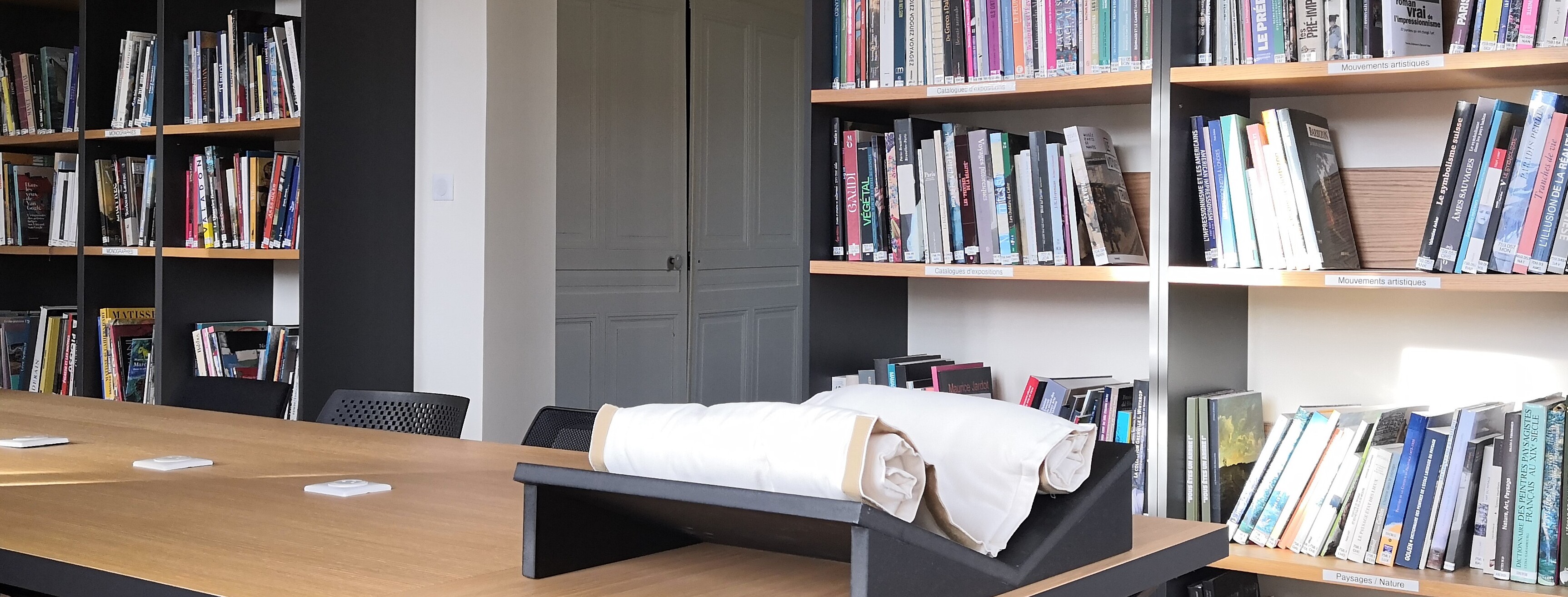Pieter Bruegel the Elder, Fall of the rebel angels : art, knowledge and politics on the eve of the Dutch revolt
Tine Meganck
Affiner le résultat de recherche avec le type de document livres Afficher tous les documents ayant la date d'édition : , commele document Pieter Bruegel the Elder, Fall of the rebel angels : art, knowledge and politics on the eve of the Dutch revolt 2014Afficher tous les titres de la collection "".Cahiers des Musées royaux des beaux-arts de BelgiqueRechercher tous les documents ayant comme Sujet: Bruegel, Pieter (1525?-1569)Rechercher tous les documents ayant comme Sujet: Bruegel, Pieter (1525?-1569) -- La chute des anges rebelles
Pieter Bruegel the Elder, Fall of the Rebel Angels is the first comprehensive book on one of the most cherished masterpieces of the Royal Museums of Fine Arts of Belgium in Brussels. It argues that with the Fall of the Rebel Angels (1562), Pieter Bruegel (d. 1569) turned a traditional …
Merci de patientier...
Exemplaires
Merci de patientier
Description
- Titre(s)
- Pieter Bruegel the Elder, Fall of the rebel angelsart, knowledge and politics on the eve of the Dutch revolt
- Auteur(s)
- Tine Meganck (Auteur)
- Collation
- 1 vol. (199 p.) ; ill. en coul. ; 24 cm
- Collection(s)
- Cahiers des Musées royaux des beaux-arts de Belgique
- Année
- 2014
- Sujet(s)
- Bruegel, Pieter (1525?-1569)Bruegel, Pieter (1525?-1569) -- La chute des anges rebelles
- Indice
- La peinture aux 15e et 16e siècles. Renaissance
- Identifiant
- 88-366-2920-2
- Langue(s)
- anglais
- Notes
- Bibliogr. p. 182-191
- Résumé
- Pieter Bruegel the Elder, Fall of the Rebel Angels is the first comprehensive book on one of the most cherished masterpieces of the Royal Museums of Fine Arts of Belgium in Brussels. It argues that with the Fall of the Rebel Angels (1562), Pieter Bruegel (d. 1569) turned a traditional devotional theme into an innovative commentary on his own time, and situates the painting within the early modern cultures of knowledge and collecting. More particularly, it suggests that many of the hybrid falling angels are carefully composed of naturalia and artificialia, as collected in art and curiosity cabinets of the time. Bruegel’s noted emulation of Hieronymus Bosch was only part of his wider interest in collecting, inspecting and imitating the artistic and natural world around him. His interests prompt an examination of the world when he painted the Fall of the Rebel Angels: locally, in the urban and courtly centers of Antwerp and Brussels on the eve of the Dutch Revolt, and globally, as the discovery of the New World irreversibly transformed the European perception of art and nature. Painted as a cautionary tale of hubris and pride, Bruegel presents the Fall of the Rebel Angels as a meditation on the dangers and potential of man’s pursuit of art, knowledge and politics, a universal theme that has lost nothing of its power today.
- Editeur(s)
- Silvana editoriale
Merci de patientier...


